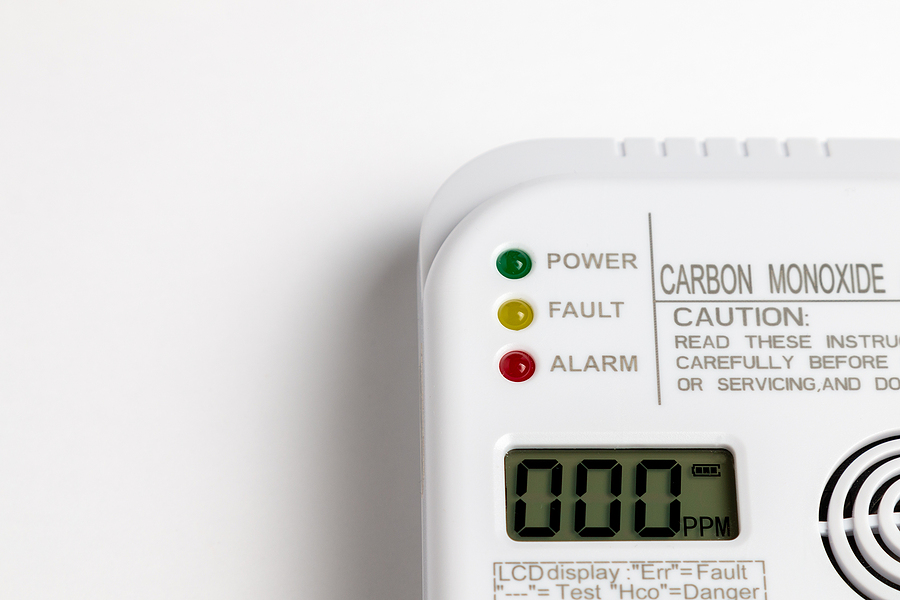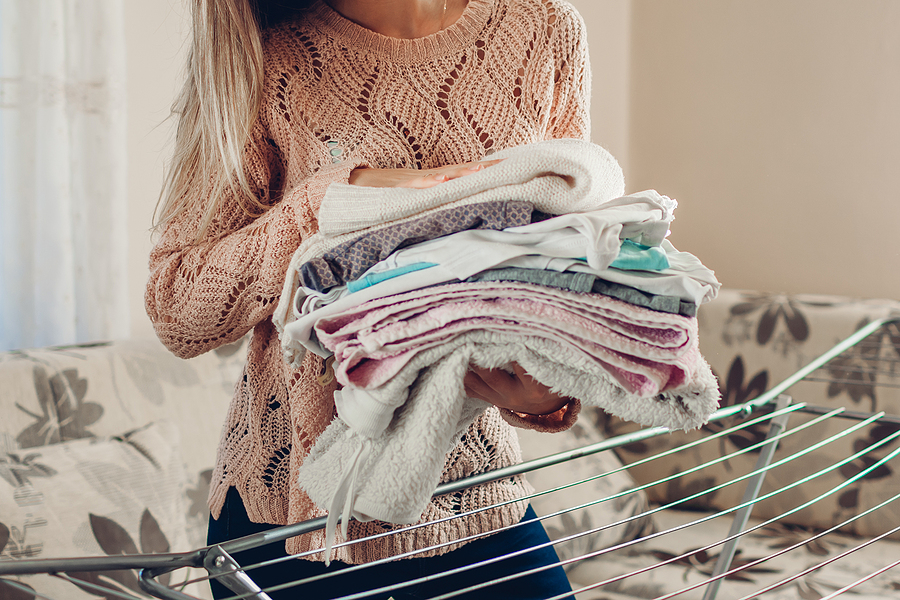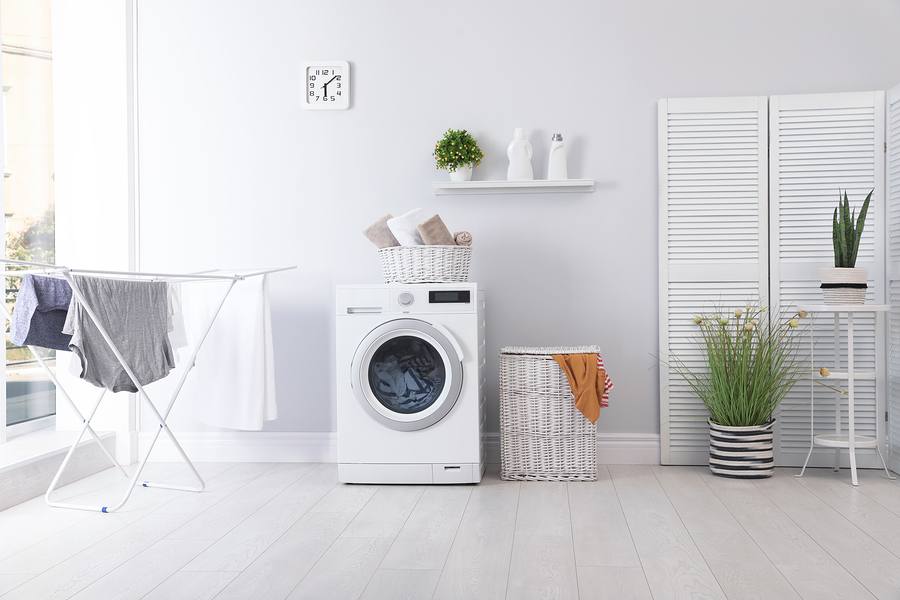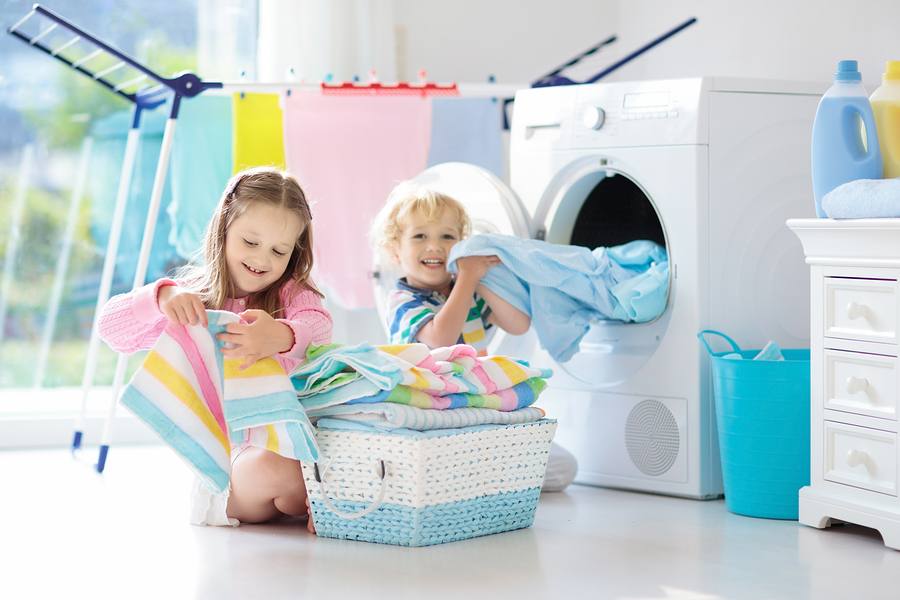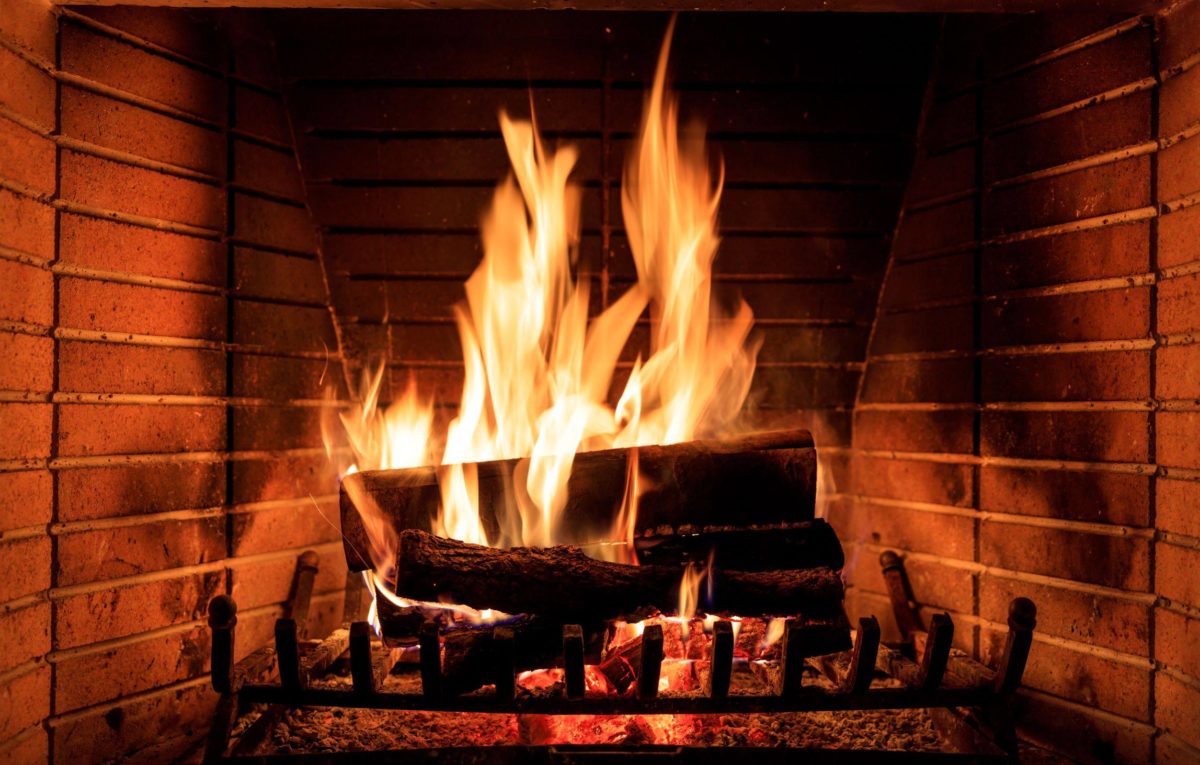If you have a wood burning chimney, it’s essential to understand what carbon monoxide poisoning is and how to protect your household. Here are the main things you need to know about this deadly gas and the importance of scheduling chimney cleaning services.
What is Carbon Monoxide?
Carbon monoxide is responsible for most poisoning fatalities in the United States, but CO poisoning is completely preventable. Awareness is key for homeowners with a wood burning chimney. The main reason CO is so dangerous is that it’s a colorless, odorless, tasteless gas that can’t be detected through your senses. In contrast, most of us have smelled the rotten egg stink of propane. But unfortunately, there’s no way to recognize this silent killer by scent alone.
What happens on an anatomical level? Carbon monoxide can actually replace the oxygen (O2) in your blood because red blood cells pick up CO more readily than O2. Without enough oxygen, permanent tissue damage can occur, including injury to your organs, nervous system, and respiratory system. At high enough levels, CO poisoning can quickly result in death, sometimes within minutes. This is especially dangerous for children, the elderly, pregnant women, or anyone with underlying health conditions.
According to the Center for Disease Control, close to 500 people die from carbon monoxide poisoning each year in the US, and an average of 50,000 seek critical emergency services. Most of these incidents occur from December through February, during the cold winter months when people are trying to stay warm in their homes, only to accidentally poison themselves with fuel-burning appliances. Bear in mind that symptoms of exposure can initially be mistaken for a sudden onset of flu.
Let’s review what causes CO emissions so you know how to spot potential risks and prevent them from becoming a danger to you or your loved ones.
What Produces Carbon Monoxide?
CO occurs whenever a fuel source is burned, such as wood, oil, charcoal, or gas. Several things can produce carbon monoxide. For example, turning on a gas oven for warmth when the power goes out, using a charcoal barbecue grill inside your home, or not having your wood burning chimney cleaned on a regular basis. In fact, CO can even pose a risk on larger boats that have generators.
Wood Burning Chimney
An obstruction in your wood burning chimney can lead to a buildup of CO, as well as a broken connector pipe, backdrafting in the chimney, or a rusted heat exchanger. Scheduling regular maintenance with a professional chimney sweep helps to prevent dangerous situations like these. An experienced specialist will be able to point out any area of concern with your wood burning chimney and advise you on the best solution. This is another reason why DIY chimney cleaning can be so dangerous to attempt. It’s just not worth the risk.
Gas Fireplace
If you have a gas fireplace instead of a wood burning chimney, note that it can also be a hazard without proper chimney maintenance. A poorly maintained or ventilated gas fireplace can result in a dangerous buildup of toxic gas.
Symptoms of Carbon Monoxide Poisoning
Even with precautions in place, it’s useful to know the main symptoms that someone has been exposed to dangerous levels of carbon monoxide. Knowledge is power, as they say. The most common signs of CO poisoning include:
- Headache
- Fatigue
- Nausea
- Dizziness
- Shortness of breath
- Disorientation
- Vomiting
- Loss of consciousness
- Chest pain
- Clumsiness
- Weakness
Again, many of these symptoms can, at first, be mistaken for flu. Fresh air and immediate medical attention are vital to anyone suffering from CO exposure.
Safety Precautions
Preventative measures help to protect your household from CO buildup. Here are some basic precautions you can take in order to ensure that your home is safeguarded from this silent killer.
- Be sure to fully open the dampers before using your wood burning chimney. This will allow the smoke to escape.
- Schedule maintenance with a professional chimney sweep at least a minimum of once a year. It’s important to also have a specialist look over your wood burning chimney to make sure everything is in order and functioning properly. It’s better to discover the need for chimney repair sooner rather than later. Although, depending on how often you use your fireplace, you may need more than one chimney cleaning a year if you love to cozy up by the fire.
- Install carbon monoxide detectors throughout your home, as well as smoke alarms. They are designed to emit a loud, high-pitched sound if they sense levels of CO in your home. There are different brands on the market, but they’re all affordably priced. Remember, it’s important to have a battery-operated backup, just in case the power ever goes out. Be sure to place them in bedrooms because you’re more vulnerable while you’re asleep.
- Additionally, verify that the models you select comply with the latest safety standards.
- Only use fuel-burning appliances outside or in fully ventilated areas.
- Never leave a vehicle, lawnmower, or generator, etc. running in a closed garage. Carbon monoxide can enter your home, not to mention it creates a dangerous environment in your garage.
- Paint remover contains methylene chloride and shouldn’t be used in the presence of children or in spaces that lack proper ventilation. It’s best to use paint remover outside because methylene chloride is actually converted to carbon monoxide within our bodies.
Schedule a Professional Chimney Inspection
A chimney professional can check to make sure that your fireplace is properly vented. If it’s been a while since your last chimney inspection, give us a call at The Irish Sweep. Your well-being is our number one priority. We’re committed to educating our communities on fireplace safety, so if you have any questions or concerns, feel free to reach out. We’re happy to help in any way that we can. If you’re in the Alameda area, contact our team of experts by phoning (510) 521-4088. You can also email us your questions by clicking here.

